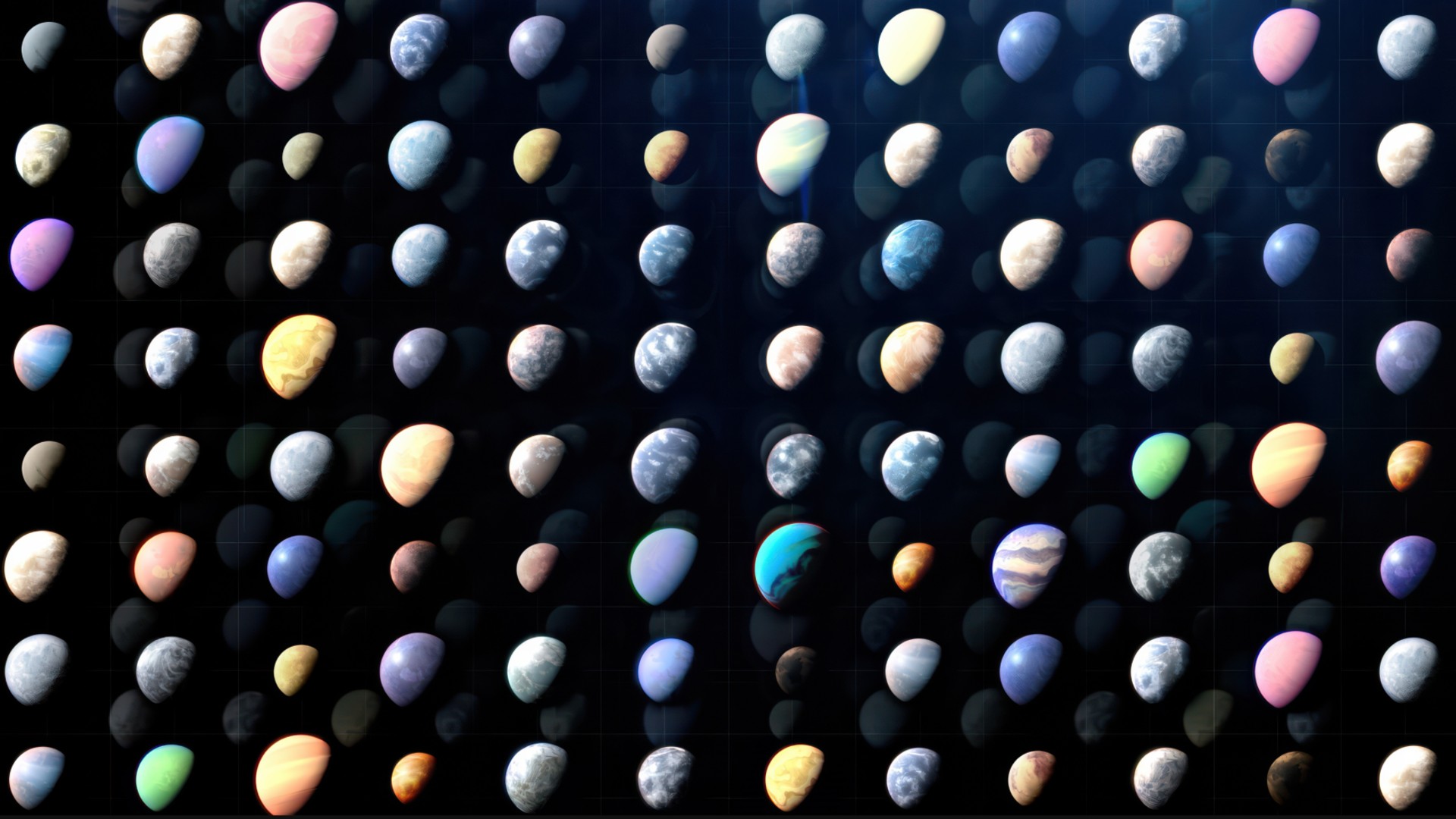Astronomers spy new class of dark, water-rich asteroids like dwarf planet Ceres
Astronomers are shining light on the dark objects in a narrow part of the asteroid belt between Mars and Jupiter.

Astronomers are slowly shining light on the dark objects hovering in a narrow part of the asteroid belt between Mars and Jupiter.
In a new study, researchers found that 10 well-known asteroids have features much like the belt’s largest object, the dwarf planet Ceres, including minerals on their surfaces that formed through reactions with liquid water. They estimate these Ceres-like asteroids formed just 1.5 million to 3.5 million years after our solar system's birth, which makes them important remnants of complex chemical and physical processes that occurred in the early solar nebula.
"These asteroids are almost as old as our solar system," Driss Takir, a planetary scientist at NASA's Astromaterials Research and Exploration Science and the study's lead author, told Space.com in an email.
Related: Facts and information about the asteroid belt
The newly studied objects belong to a family of dark asteroids that's one of the oldest in the asteroid belt. Their reflectivity, or albedo, is less than 0.09, and their diameters are more than 62 miles (100 kilometers). Over 200 such objects are known to exist in the asteroid belt, so the ongoing research will likely reveal more Ceres-like asteroids, Takir noted.
The current group includes 24 Themis, the first nearby asteroid to sport signs of water ice on its surface, and 65 Cybele, which came in second. Although their history and spectral features are similar to that of Ceres — whose interior has revealed hints of organic material — researchers do not yet know why most of them are located at or beyond 3 astronomical units (AU) or 278,867,421 miles (448,793,610 km), which is outside of Ceres' orbit. (One AU is the average Earth-sun distance — about 93 million miles, or 150 million km.)
Takir's team used NASA’s Infrared Telescope Facility telescope in Hawaii to study the 10 asteroids in near-infrared wavelengths. They employed an observational technique called near-infrared reflectance spectroscopy, which allowed them to calculate how much sunlight reflected from the surfaces of asteroids. In turn, this helped researchers study the mineral and chemical compositions of the surfaces, which are unlike "any meteorite in our terrestrial meteorite collections," Takir told Space.com.
Breaking space news, the latest updates on rocket launches, skywatching events and more!
This could be because volatile-rich materials ejected from asteroids' surfaces do not tend to survive the journey through Earth's atmosphere, Takir noted. The closest category researchers found for the latest asteroid group is that of Ceres — the carbonaceous chondrite class.
Takir’s team also found that these Ceres-like asteroids are highly porous, thanks to low temperatures far from the sun that have prevented them from morphing into compact rock-like structures.
"They maintained the porous and primitive character typical of the outer ice planets located far from the sun," Wladimir Neumann, a co-author of the study, said in a statement.
To better understand how these dark asteroids came to be at their current home in the outer reaches of the asteroid belt, researchers used computer models to trace their evolution. They found that these asteroids likely formed farther out in the solar system and were pulled into their current home by Jupiter's or Saturn's gravity.
Next, researchers plan to explore if there are any more Ceres-like large asteroids in the main belt. They say high-resolution and high-sensitivity instruments onboard the James Webb Space Telescope (JWST) will help them better characterize the mineralogy and composition of these asteroids.
Also of interest is a possible sample-return mission to Ceres to retrieve a sample of evaporites evolved from deep brines, Takir told Space.com. Such a mission is recommended in the 2023-2032 NASA Planetary Science Decadal Survey.
The research is described in a paper published (Feb. 20) in the journal Nature Astronomy.
Follow Sharmila Kuthunur on Twitter @Sharmilakg. Follow us on Twitter @Spacedotcom or on Facebook.

Sharmila Kuthunur is an independent space journalist based in Bengaluru, India. Her work has also appeared in Scientific American, Science, Astronomy and Live Science, among other publications. She holds a master's degree in journalism from Northeastern University in Boston.
